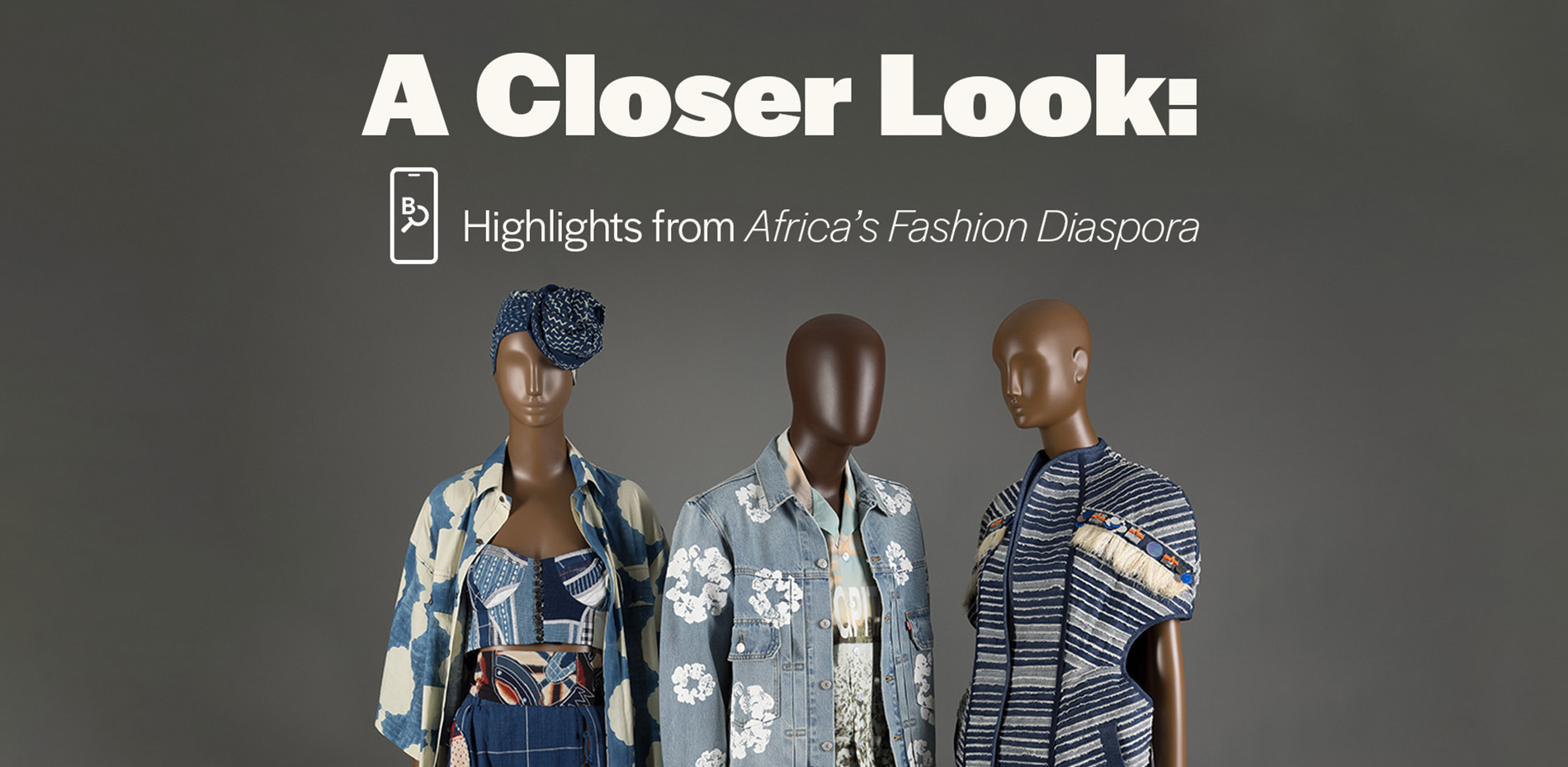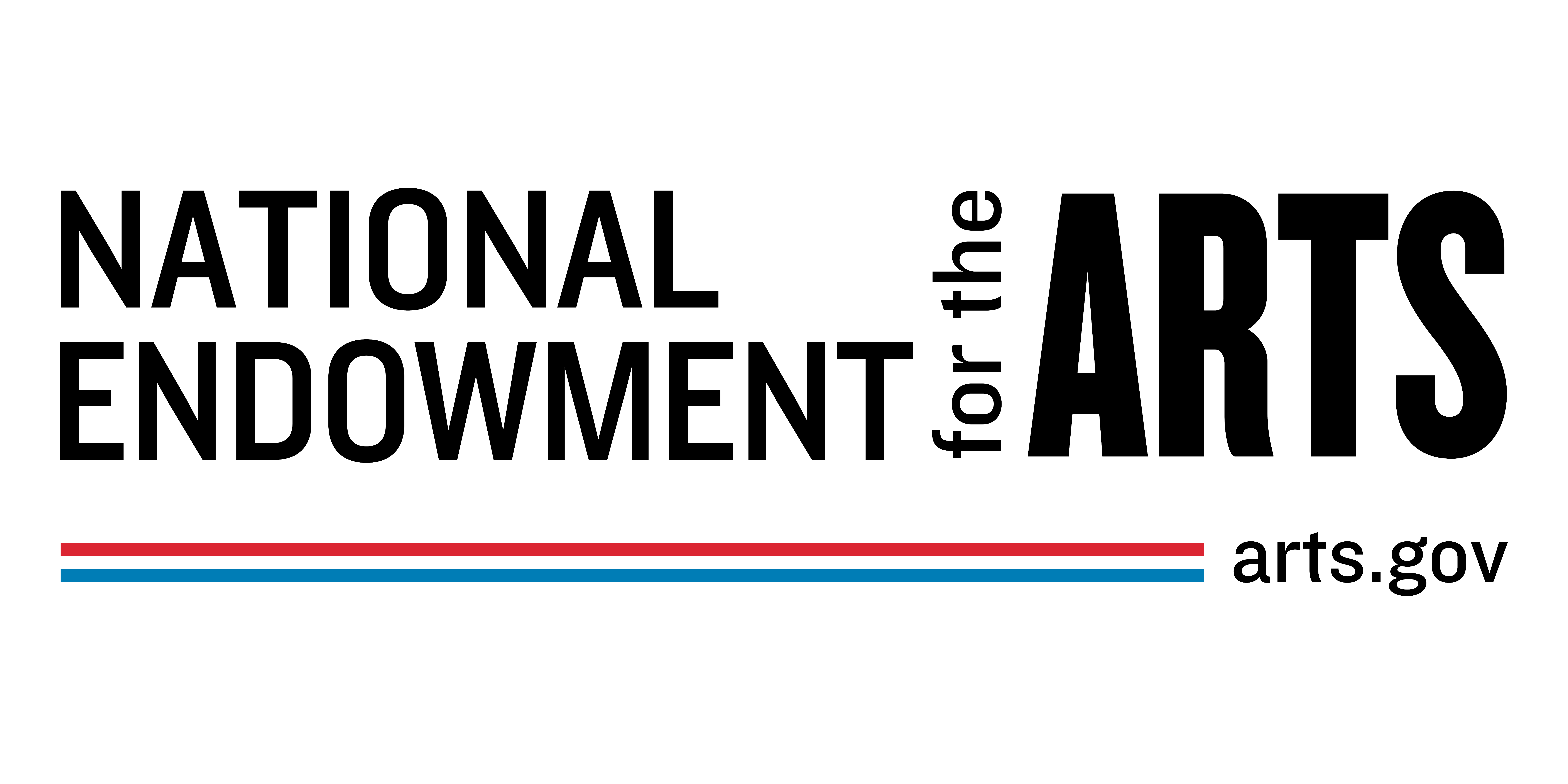Africa's Fashion Diaspora
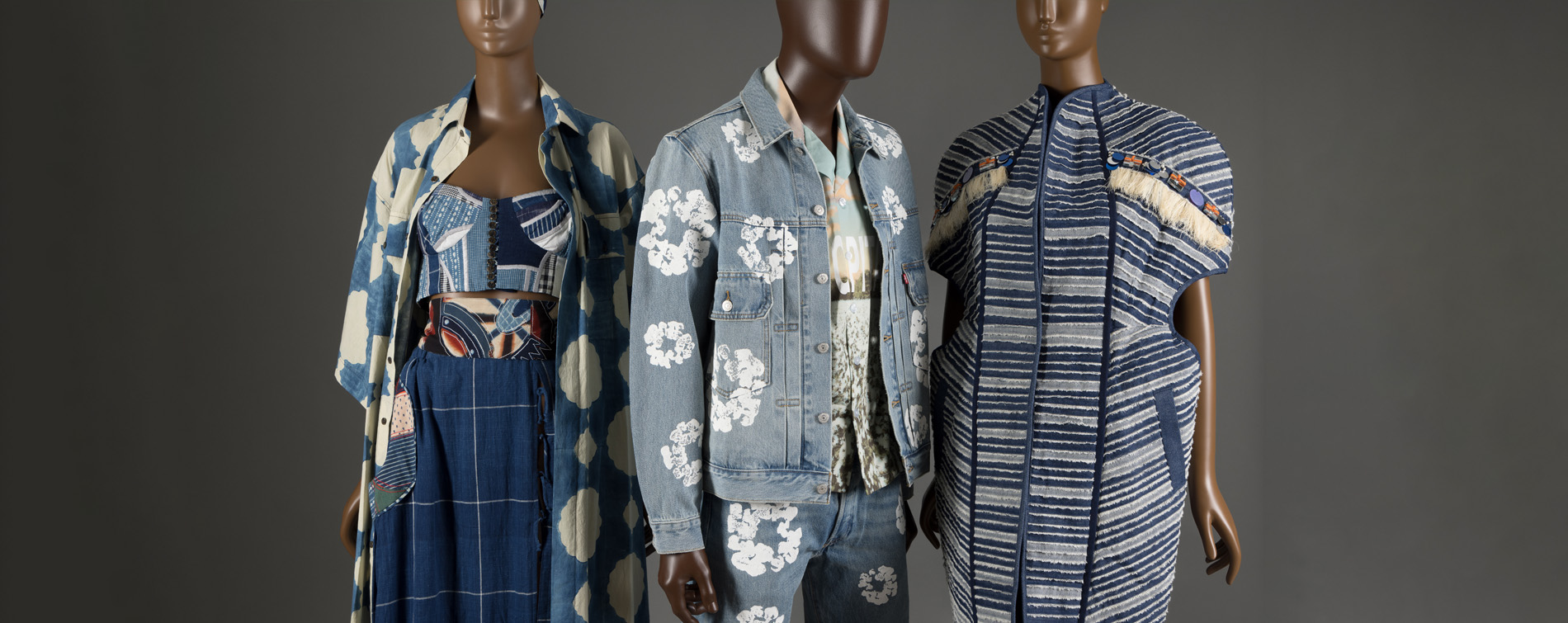
Share using #AfricasFashionDiaspora
Africa's Fashion Diaspora was an innovative exhibition that explores fashion's role in shaping international Black diasporic cultures. This exhibition was the first to examine fashion as a mode of cross-diasporic cultural production. Sixty ensembles and accessories by Black designers from Africa, Europe, North and South America, and the Caribbean were placed in dialogue with each other, showing how these designers take complex inspirations from their own Black cultures and others across the diaspora.
The concept that Black peoples build and share common cultural networks—despite differences in geography, ethnicity, gender, sexual orientation, language, and religion—is an enduring idea that scholars and leaders such as W.E.B. DuBois, Frantz Fanon, Kwame Nkrumah, and Paul Gilroy have hypothesized over the 19th and 20th centuries. Self-identified Black peoples within the diverse nations of Africa and throughout the Black Diaspora have expressed this connectivity as Pan-Africanism, Black Consciousness, and Afrocentricity, among many other movements.
While Black Diasporic connections have been explored in music, literature, art, and philosophy, this exhibition is the first to investigate how 20th- and 21st-century fashion designers contribute to these conversations with creative practices that focus on visual storytelling to explore how Black identity operates in the contemporary world.
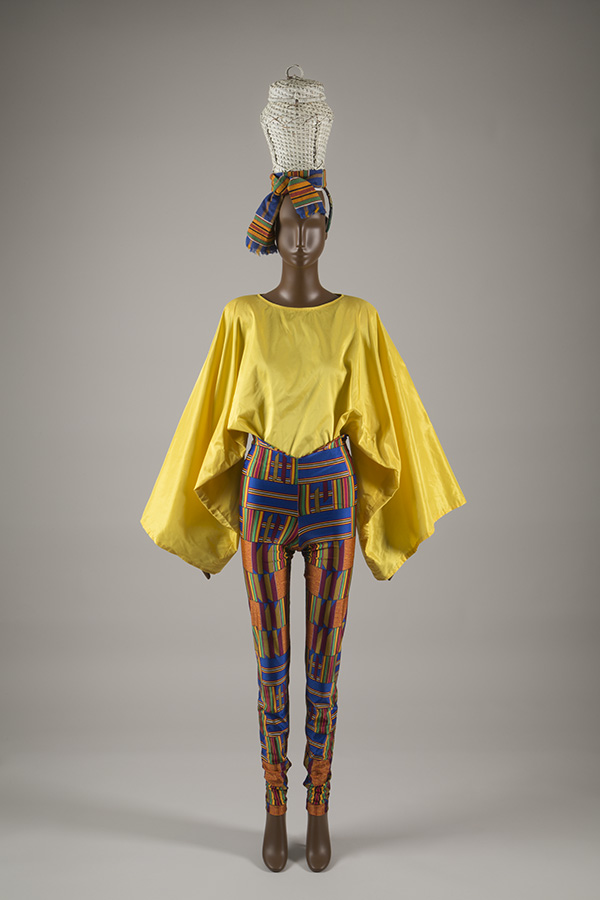
Patrick Kelly, kente print trousers and basket hat, spring 1988, France, gift of Bjorn G. Amelan and Bill T. Jones and gift of Julia Szabo, 98.90.2.

Thebe Magugu, Tswana Mother and Child dress, 2023.
Photography: @tatendachidora.
Art direction: @chloeandreawelgemoed.

Aristide Loua for Kente Gentlemen, The Birth of Cool collection Autumn/Winter 22–23, Miles Davis look featuring the Miles II suit jacket, the Ernesto II shirt, and the Fela III trousers.
The exhibition included nine themes. "Reaching for Africa" opened the exhibition by considering the multi-layered reasons that Black American designers such as Patrick Kelly and Arthur McGee create connections to Africa in their work. These designs, from the 1960s to today, sometimes lean on idealized conceptions of Africa, but they also work to repair severed cultural heritages, express Black solidarity, and celebrate Black cultures.
"Mothers and Motherlands" explored the influence of family, lineage, and cultural tradition on fashion design from a specifically Black perspective. South African designer Thebe Magugu, for example, venerates Tswana motherhood practices through his 2023 Mother and Child dress. Fabrice Simon, who ran a family fashion business during the 1980s, spanning New York City and his birth city of Port-au-Prince, Haiti, worked with expert Haitian beaders to modernize their historic motifs.
In "A Black Atlantic" designers draw inspiration from Black cultures across multiple locations, finding similarities or personal points of interest. French designer Olivier Rousteing takes inspiration from Black American cowboys for his 2021 Balmain capsule collection, while the Ivorian brand Kente Gentlemen's The Birth of Cool collection looks at international musicians from Fela Kuti to Miles Davis.
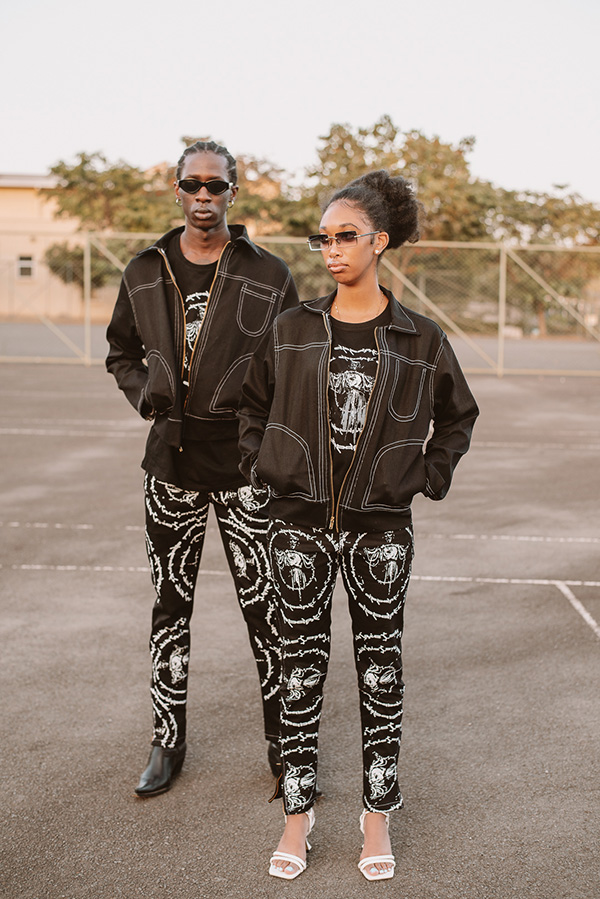
Junior Orina for Nairobi Apparel District, JC Full-Circle collection, repurposed polyester
and regenerative cotton screen-printed ensemble, Kenya, 2023. @nairobiappareldistrict
Photograph: @yobbiemkenya_
Models: @__odiyo x @nayeliii_.n

Aurora James for Brother Vellies, Togo batik cotton high heel sandals, 2002, USA, museum purchase, 2022.15.1.
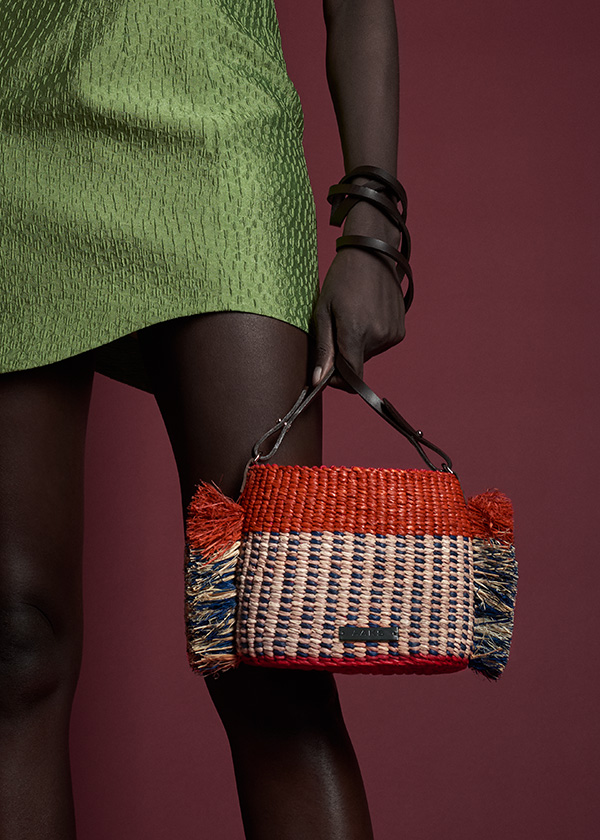
AAKS by Akosua Afriyie-Kumi, Hana Mini Tan Bag, 2023.
Photo: Cara Johnson
Model: Nyawargak Gatluak. Courtesy of AAKS
Textiles from Africa and the diaspora are emblematic of the artisanship and creative practices found in Black communities around the world. "Monumental Cloth" featured designers who work with communities of weavers and dyers to produce contemporary fabrics rooted in historical practices: from Pathé'O in Côte d'Ivoire to Emmanuel Okoro of Emmy Kasbit in Nigeria to Aurora James of Brother Vellies in the United States.
"Tun Yuh Han Mek Fashan" is a Jamaican patois phrase that describes Caribbean ingenuity, the ability to create beauty and utility from meager or unexpected resources. This section featured designers from across the African Diaspora who engage innovative materials to promote sustainability in fashion. Nairobi Apparel District upcycles secondhand garments with graphic motifs to create modern Kenyan streetwear, and Dyandra Raye designs vegan shoes from Piñatex for her brand Jo-Anne Vernay.
"Ubuntu" is a Bantu word that has come to encompass African humanist philosophies of community support, compassion, and generosity. Designers—from Tracy Reese, whose Hope for Flowers brand is helping to revitalize urban Detroit, to Akosua Afriyie-Kumi, whose AAKS accessories brand consciously pays fair wages to raffia weavers in northern Ghana—show how fashion companies can be a force to build communities with job security and respect for labor.
Africa's Fashion Diaspora ultimately revealed fashion as a significant contributor to international dialogues on Black cultural production. Some of the designers featured use fashion to document, explore, and interrogate their own localities and histories, while others take inspiration from across the diaspora—and because fashion circulates internationally, all build networks across a specifically (but not exclusively) Black cultural space. Black communities across the globe are uniquely situated in their own societies, yet movements for solidarity and connection are beautifully expressed by designers who use fashion to tell stories of parallel, interconnected, and evolving Black cultures.
Africa's Fashion Diaspora was curated by Elizabeth Way, associate curator of costume at The Museum at FIT.
Banner image: (R to L) Robert Young for The Cloth, indigo-dyed cotton ensemble 2019, Trinidad and Tobago, museum purchase. // Tremaine Emory for Levis X Denim Tears, denim ensemble with cotton shirt, 2023, USA, gift of Denim Tears. // Nkwo Onwuka for NKWO, Dakala Cloth, spring 2019, Nigeria, museum purchase.
Press Images and Exhibition Publication

Exhibition Publication
Africa’s Fashion Diaspora is accompanied by a multi-author volume edited by Elizabeth Way and published by Yale University Press.
Image: AAKS by Akosua Afriyie-Kumi, Hana Mini Tan Bag, 2023.
Photo: Cara Johnson. Model: Nyawargak Gatluak. Courtesy of AAKS.
In the Press
Africa's Fashion Diaspora Symposium
Black Designers: Leading New Fashion Models
Family Program: Black Storytelling Through Collaging
A Closer Look: Highlights from Africa's Fashion Diaspora on Bloomberg Connects
Africa's Fashion Diaspora has been made possible thanks to the generosity of the Couture Council of The Museum at FIT. This project is supported in part by the National Endowment for the Arts. To find out more about how National Endowment for the Arts grants impact individuals and communities, visit www.arts.gov.
